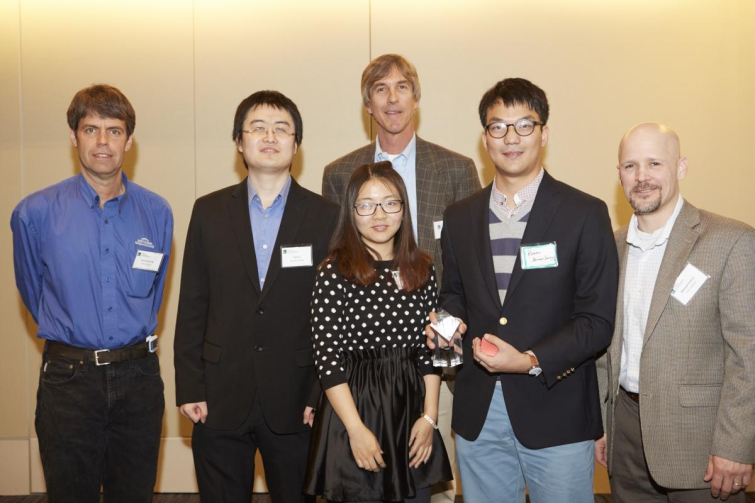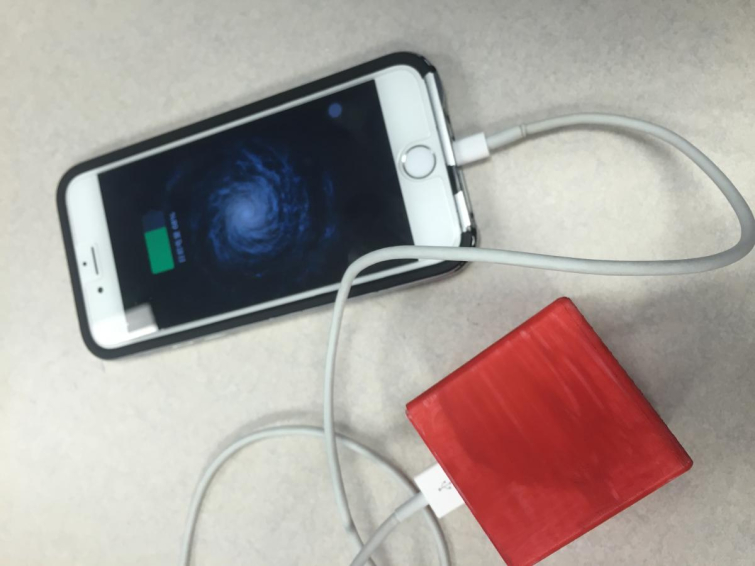Meet our innovators: Bowen Weng and Tao Liu
Hometowns: Bowen and Tao both hail from China, from Nanjing and Zhangjiakou respectively
Majors: Bowen is pursuing his master’s degree in systems and control engineering and Tao is working on his PhD in mechanical engineering
Dream job? Bowen: Be a good engineer and make something that matters. Tao: I want to be a good engineer, a good mentor and a great entrepreneur.
Less than one day into a recent trip to Alaska’s Denali National Park, Bowen Weng’s cell phone battery died. With not an outlet in sight for some six million acres of natural splendor, Weng came home with plenty of vivid memories, but no photos. And while it was frustrating to miss out on capturing a once-in-a-lifetime experience, it got him thinking: people rely on cell phones and portable devices, but most of this technology keeps us tethered to some kind of energy source.
“It got me thinking there was a definite need for something portable,” Weng says.
So the Case Western Reserve University grad student teamed up with fellow engineering student Tao Liu to develop a charging device that’s just as transportable as the technologies it powers—and more independent.
The team knew they wanted something renewable and played around with a few early ideas that were more whimsical than practical—like a tiny back-pack-mounted wind turbine. They settled on the most renewable energy source of all—everyday body movements of the device users themselves.
Their Answenergy device harvests the energy from low-frequency movements—walking, jumping, shaking hands—and uses it to charge electronic devices. They added a third member to their team—finance master’s student Wenjun Zou—to help them refine their business plan, and the trio’s project won the first prize at the university’s annual Saint Gobain Design Competition this spring.The venture sparked an entrepreneurial interest in both Weng and Liu, who have several other projects in the works following the Saint Gobain win.
And in the end, you see that what you’re designing can help people, how your work can make people’s lives easer. That’s what got me interested in being an entrepreneur.
Going through multiple versions of a design can be frustrating, Liu says. But having access to prototyping equipment in the university’s think[box] innovation center helped them refine their design more quickly—figuring out what wasn’t working and making adjustments and improvements fast.
Weng says watching an idea move from an invention to a real product is the most rewarding part of being an entrepreneur. “I’m an engineer, so product development is the most fun part of the process for me,” he says. “You get to incorporate people’s feedback and combine what you can do with what people really need.”


